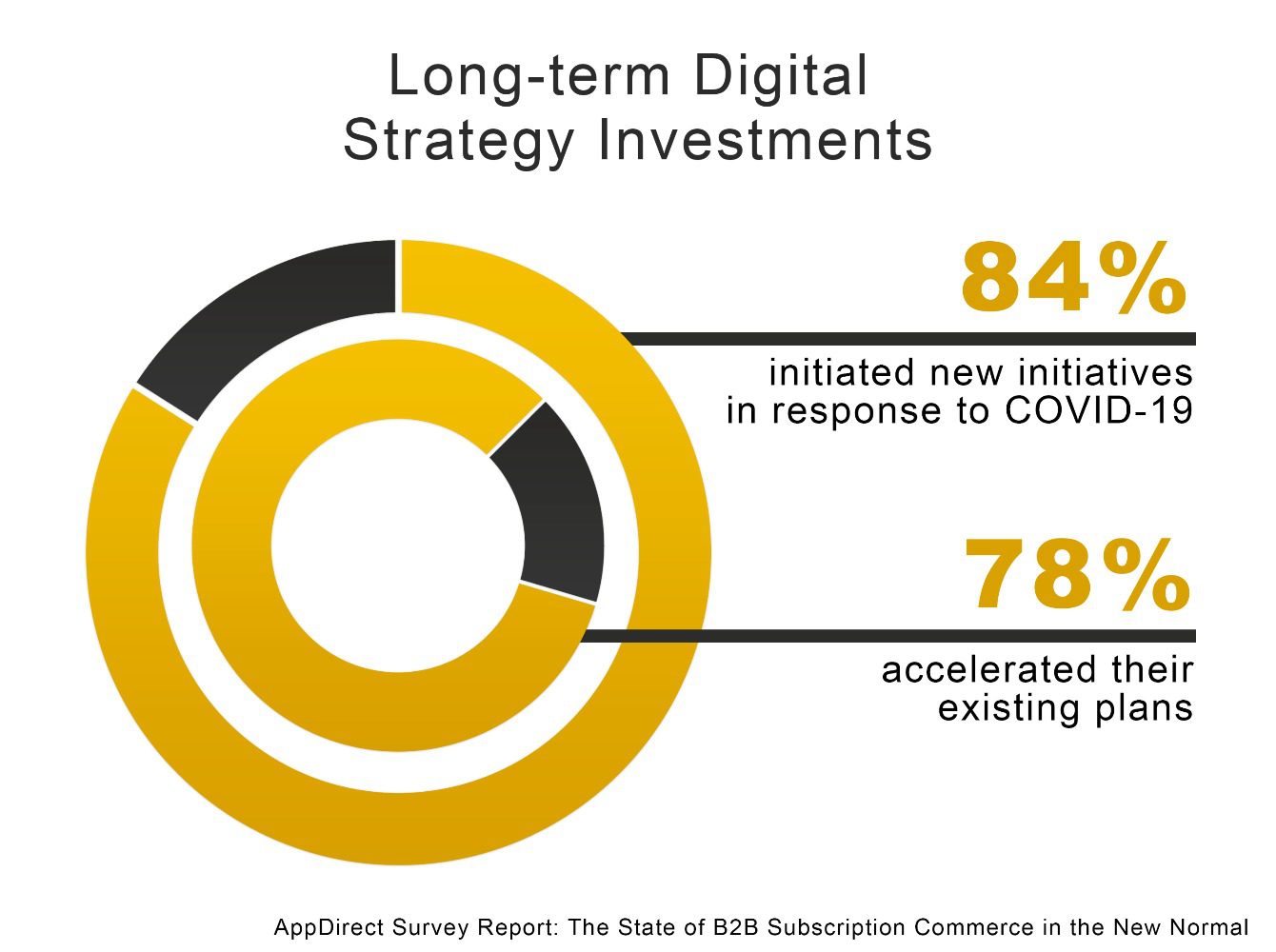Consumer habits have changed in the last decade. Instead of buying CDs and DVDs, we have become accustomed to using streaming services. We can access any song or movie in seconds. All from the convenience of our phones. Who does not use Netflix or Disney Plus these days? As the world grapples with technological evolution, companies are trending in the same direction. Subscription-based consumption models focus on the outcome, value, and experience, as opposed to earlier times when the product and delivery mechanism were paramount. As such models make their way into the business world, the transaction is gaining traction across most industries.
It is estimated that over 90% of technology companies already support subscription or consumption-based business models (Ernst & Young Global Limited, 2020). Despite the fact that COVID-19 has hurt the overall economy, the subscription business has remained strong and, in many cases, even expanded. Industry data shows that subscription-based businesses continue to perform significantly better than those that are product-based. A leading index shows that revenue growth is about six times faster. You may be wondering, what are the reasons for this? Let me explain.
Customers are at the heart of the subscription-based business model. Their preferences are taken into account to personalize their buying experience, whether it’s booking a trip or buying a piece of clothing. As a result, customer loyalty becomes more fragile. If they read negative reviews or have unpleasant experiences, they may change their preferences more quickly.
“Consumers are quick to cancel services that don’t deliver a superior experience — for example, because of poor product quality, dissatisfaction with the assortment or a lack of perceived value.” — McKinsey
Content
What Is a Subscription Business?
A subscription business is a business model where customers pay a recurring fee, typically on a weekly, monthly, or annual basis, to gain access to a product or service. This model is focused on retaining customers over time by providing continuous value, which can include regular product delivery, access to digital content, or ongoing services. The subscription business model helps enterprises achieve predictable revenue streams and build long-term relationships with customers.

Benefits of Subscription-Based Businesses
Subscription-based business models are becoming increasingly popular across various industries, including software (SaaS), entertainment (streaming services), retail (subscription boxes), and more as they offer the following benefits:
- Predictable revenue stream. Regular subscription payments create a stable and predictable revenue stream.
- Customer retention, upsell & cross-sell opportunities. Access to ongoing customer data allows businesses to understand customer preferences and behavior better and enhance long-term relationships, reducing churn rates.
- Scalability. Easier to scale operations with predictable demand and revenue.
- Cost efficiency. Lower customer acquisition costs over time as the focus shifts to retaining existing customers.
- Market penetration. Easier entry into markets with a lower upfront cost barrier for customers.
B2B customers also expect a consistently high quality of experience. When demand changes, it impacts strategy, operations, and culture for many companies. Let’s take a look at the software industry. Cloud software has changed the way the industry operates. The process used to look like this: Vendors developed, sold, and delivered their software, then kept in touch sporadically to see if the customer was ready to upgrade or replace the software. Now software vendors are moving their platforms to the cloud and developing pricing models that would justify the value of the provided services.
In the case of physical products, the complication occurs in the transition phase of the manufacturing process. Technologies such as Industry 4.0 and the Internet of Things enable manufacturers to serve the “segment of one” by delivering highly customized products and services. This process is based on usage and performance data. Information on behavior allows patterns in customer decision-making to be found and predicted. This provides the opportunity to more accurately model pricing for consumption-based and value-based subscription models.
Subscription-based model allows for the prediction of revenue and enables greater resilience by moving from CAPEX to OPEX. The shift from capital expenditures to operating expenditures allows for less vulnerability to cutbacks during times of economic uncertainty.

For businesses moving from a one-time product sale to service subscription is all about developing a business model that allows meeting customer needs and justifying service value throughout the entire customer lifecycle. The change that has taken place in most industries is that companies now need to monetize the relationship rather than the product. This means that the relationship must be constantly evolving to ensure that the contract is renewed. As a result, it creates a predictable and reliable recurring revenue stream and allows businesses to focus on delivering the best products and services, increasing lifetime value for customers, and achieving customer loyalty.
How to Start a Subscription Business?
Starting a subscription business typically involves the following key stages to ensure a successful launch and sustainable growth.
1. Market Research and Idea Validation:
- Identify market demand. Research market trends to identify a viable niche or demand for a subscription service.
- Analyze competitors. Study existing competitors to understand their strengths and weaknesses.
- Validate the idea. Conduct surveys, focus groups, or pilot programs to gauge interest in your subscription idea.
2. Define Your Value Proposition:
- Unique Selling Point (USP). Clearly define what makes your subscription service unique and valuable to customers.
- Customer benefits. Outline the benefits and features that customers will receive through the subscription.
3. Business Model and Pricing Strategy:
- Subscription model. Decide on the type of subscription model (e.g., monthly, annual, freemium, tiered pricing).
- Pricing strategy. Set competitive and profitable pricing plans that reflect the value offered.
4. Build a Platform and Infrastructure:
- Create a user-friendly website with e-commerce capabilities to manage subscriptions.
- Subscription management software. Implement software to handle billing, renewals, and customer management.
5. Marketing and Customer Acquisition:
- Branding. Develop a strong brand identity and messaging that resonates with your target audience.
- Digital marketing. Utilize digital marketing channels such as social media, email marketing, SEO, and PPC to attract customers.
6. Monitor and Optimize:
- Analytics. Track major performance indicators (KPIs) such as subscriber growth, churn rate, and customer lifetime value.
- Customer feedback. Collect and act on customer feedback to improve the subscription service.
7. Scale and Expand:
- Scaling. Plan for scaling operations to handle increasing subscriber numbers.
- Partnerships and collaborations. Explore partnerships and collaborations to enhance value and reach new customers.
8. Legal and Financial Considerations:
- Legal compliance. Ensure compliance with relevant laws and regulations, including data protection and consumer rights.
- Financial planning. Maintain accurate financial records and plan for sustainability and growth.
By following these stages, you can systematically launch and grow a subscription business that meets customer needs and achieves long-term success.
